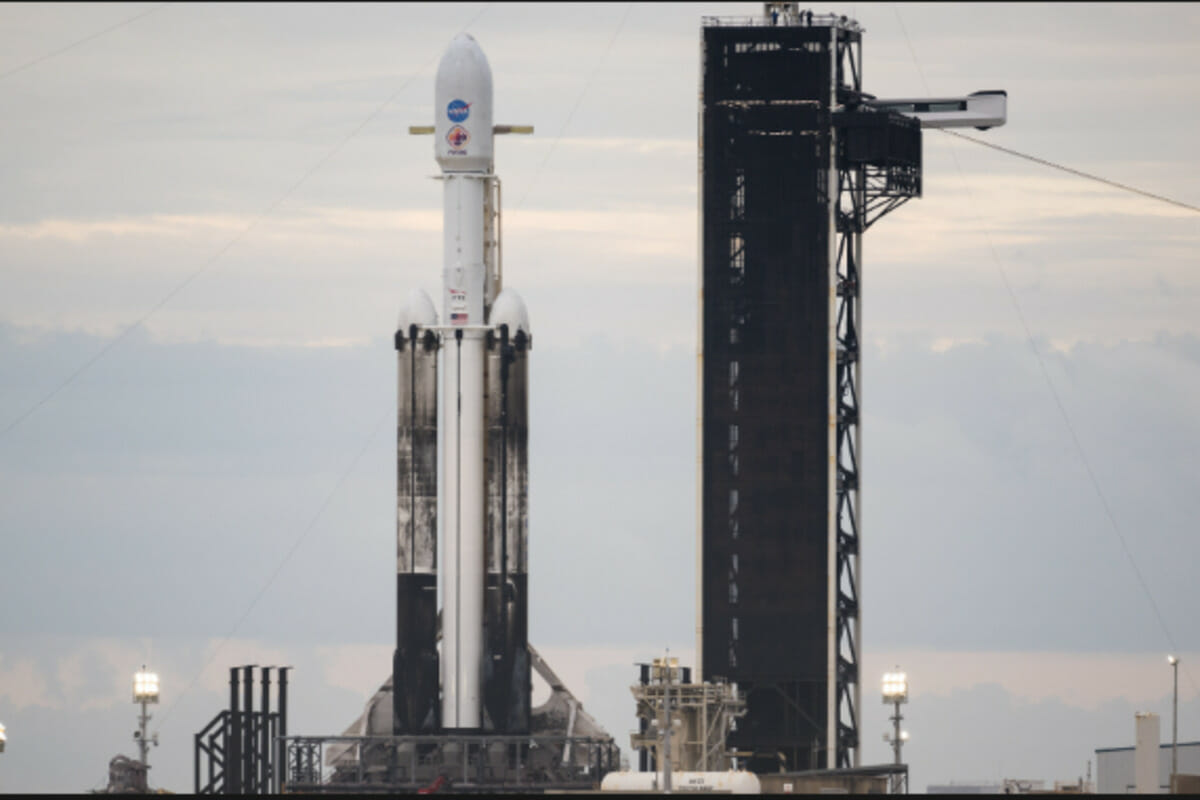Scientists have confirmed, for the first time, the presence of water on the sunlit surface of the Moon, a discovery which indicates that water molecules may be distributed across the lunar surface, and not limited to the cold, shadowed places as previously thought.
The results of SOFIA’s observations and the implications have been published in two papers in the journal Nature Astronomy.
Previous research has found indications of water by scanning the surface — but these were unable to distinguish between water (H2O) and hydroxyl, a molecule made up of one hydrogen atom and one oxygen atom.
But a new study provides further chemical proof that the Moon holds molecular water, even in sunlit areas.
More than 15,400 square miles (40,000 square kilometers) of lunar terrain have the capability to trap water in the form of ice, according to a team led by the University of Colorados Paul Hayne. “That’s 20% more area than previous estimates,” he said.
These ice-rich areas are near the moons north and south poles. Temperatures are so low in these so-called cold traps minus 261 degrees Fahrenheit (minus 163 degrees Celsius) that they could hold onto the water for millions or even billions of years.











